5 Sustainable Principles Leading to CRE Profitability
This rising interest in environmentally-conscious properties is powered by several important realities that directly impact property owners’ bottom lines, notes KBS' Marc DeLuca.
With the world’s increasing concern about climate change, we are all beginning to recognize how buildings affect the environment. As a result, sustainability is playing an increasingly larger role in commercial real estate, which has led to a growing demand for properties that are developed and operated using principles of sustainability.
This rising interest in commercial real estate sustainability is powered by several important realities that directly impact property owners’ bottom lines.
Commercial buildings that do not meet modern standards for sustainability are costing landlords significantly. The government estimates that commercial buildings that utilize “green” principles can realize a 30 percent annual reduction in energy bills, while those that do not utilize these principles cost owners an accumulated $50 billion a year in excess energy use.
Leasing decisions are greatly influenced by sustainability. Studies by Pew and Gallup show that consumers overwhelmingly support the sustainability movement, which translates into renter preferences and demand for green buildings.
Sustainability leads to higher rents and larger portfolio valuations. Greater demand for sustainably developed and operated buildings means that these properties can command increased rental rates. This makes these properties more attractive to investors, which drives up sale prices.
Moreover, experts believe failure to address environmental issues will have a lasting and substantially negative widespread economic impact. According to the United Nations Environment Programme – Finance Initiative (UNEP FI), “Conservative estimates see unabated climate change leading to global costs equivalent to losing in-between 5 to 20 percent of global gross domestic product (GDP) each year, now and forever.” This impact could lead to lower portfolio values.
On the other hand, finding and adhering to proven CRE sustainability principles can boost portfolio values.
Finding the Best Sustainability Principles
It would be ideal if sustainability issues in commercial real estate development and operation could be addressed with a single set of universal answers, but that isn’t the case. Rather, it’s wise to consider a series of sustainability principles that are both environmentally sound and economically prudent.
Below are five sustainability principles that are especially valuable.
- Don’t Let the Best Be the Enemy of the Good
While there are no perfect solutions in sustainability, there are some excellent opportunities that can lead to positive environmental outcomes.
For instance, according to the Energy Department, “most of today’s plug-in hybrid electric vehicles and all-electric vehicles use lithium-ion batteries.” These batteries are also used as a sustainable source of electricity in commercial office buildings because they can be charged at times when rates are low and discharged at moments of peak demand when rates are high, thereby reducing electrical costs.
However, the way lithium is extracted can have negative environmental impacts. Lithium is sourced from the Atacama Desert in Chile, and, according to Bloomberg, “extracting Atacama’s lithium means pumping large amounts of water and churning up salty mud known as brine—and that’s having an irreversible impact on the local environment. Here, in this remote part of the Andes, the hopeful mission of saving the planet through electric cars is destroying a fragile ecosystem and depleting stores of drinking water.”
This example shows that even seemingly ideal sustainability solutions have both pros and cons. Despite the drawbacks to a small area of the world, lithium-ion batteries are still a smart energy-saving option for commercial office buildings throughout the world. Like other sustainability solutions, this option deserves careful consideration by building owners and operators.
- Consider Each Property Separately by Market
Large-scale asset managers and investors may be inclined to adopt system-wide sustainability programs for reasons of efficiency and economics. While this seems like a logical approach, sustainability options that work well in one geographical area may not be so helpful elsewhere.
For example, the water conditions for KBS’ Bank of America Tower in Raleigh, N.C., are quite different than those for our Weston Corporate Center in Weston, Fla. The average rainfall in Raleigh is 38 inches, whereas the average rainfall in Weston is 65 inches. That means water reserves where Weston Corporate Center is located are more plentiful, so water-use restrictions are not as stringent and water costs are not as much of an issue there as they are for Bank of America Tower; therefore, water conservation measures for each property vary.
Sustainability goals for each asset must be considered separately by market in order to have the most impact on the environment and on the property’s value.
- Remember That Commercial Real Estate Is Resilient
Commercial properties’ lifespans are measured in decades—if not longer—but that doesn’t mean the marketplace is static. There are always new projects, new uses for old buildings, and constant innovation at play to reinvent existing buildings.
Sustainability options can make old properties new and produce new revenue streams from existing properties.
One of the most direct examples of CRE’s resiliency concerns Superfund sites. According to the Environmental Protection Agency (EPA), Superfund sites refer to any land in the U.S. that has been contaminated by hazardous waste and identified by the EPA as a candidate for cleanup because it poses a risk to human health and/or the environment.
The organization reports that “there are now 1,342 Superfund sites nationwide, but there used to be more. To date, 415 former Superfund sites have been returned to commercial use, and more conversions are on the way. Often, opportunity for a property may not exist in the present but in the future, with new thinking and innovation. It may be helpful to consider the trends and technologies currently taking shape to discover a site’s potential for sustainability.”
- Get Involved in Public Policymaking
What starts out as a public conversation often emerges as public policy—especially in the internet era, when good and bad ideas can spread with electronic speed. For this reason, it’s imperative for asset managers and property owners to be attuned to public conversations about sustainability in the areas where they have assets.
The reality is that if building owners and operators don’t speak up and aren’t transparent, other views about sustainability may prevail—including views that unfairly raise ownership and operating costs or even doom a project.
Participating in opportunities to exchange ideas, belonging to local commerce groups, and attending local events are great ways to stay abreast of public conversations about sustainability and learn from other community members in each market. These measures can give CRE stakeholders a chance to voice their opinions and gain a place at the table when it comes to public policymaking that affects their properties and projects.
- Realize That Sustainability Is More Than a Cost—It’s Also a Benefit
Property owners and managers often look at environmental issues as an expense, but industry experts are increasingly realizing the benefits to sustainability as well.
It’s easy to measure sustainability costs by looking at the price of a new system or option and studying the numbers in budgets and projections. It’s often difficult to measure the direct benefits.
One can only manage what one can measure, and sustainability benefits can be measured indirectly through improved rents and low vacancy rates. While the initial financial outlay for sustainable options may be high, ongoing innovation and tax benefits have reduced owners’ net outlay for these options considerably. What’s more, landlords begin to reap these benefits immediately and continually throughout their ownership of a sustainable property.
While there has been a lot of recent discussion surrounding an impending downturn, there is still a tremendous amount of opportunity surrounding green properties in the market.
Marc DeLuca is regional president, Eastern United States at KBS, one of the largest owners of premier commercial real estate in the nation. KBS is a private equity real estate company and an SEC-registered investment adviser.

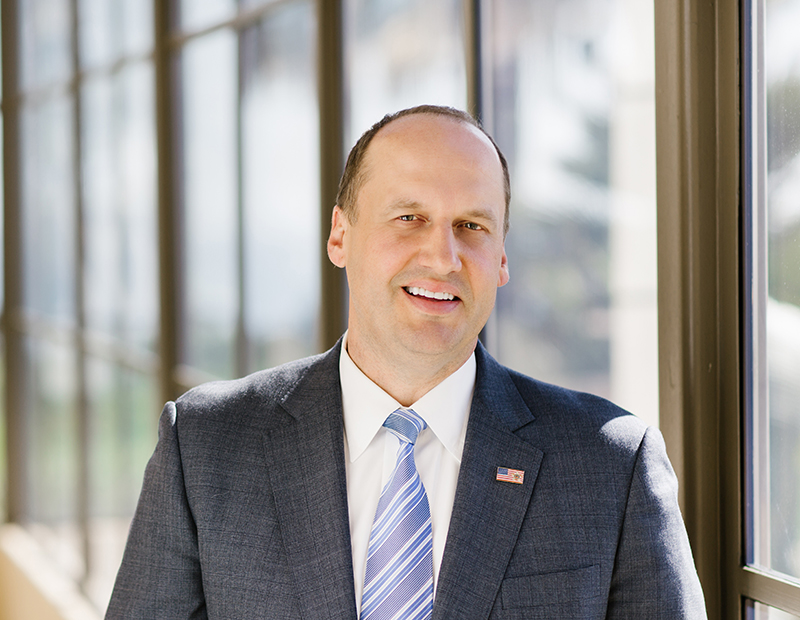

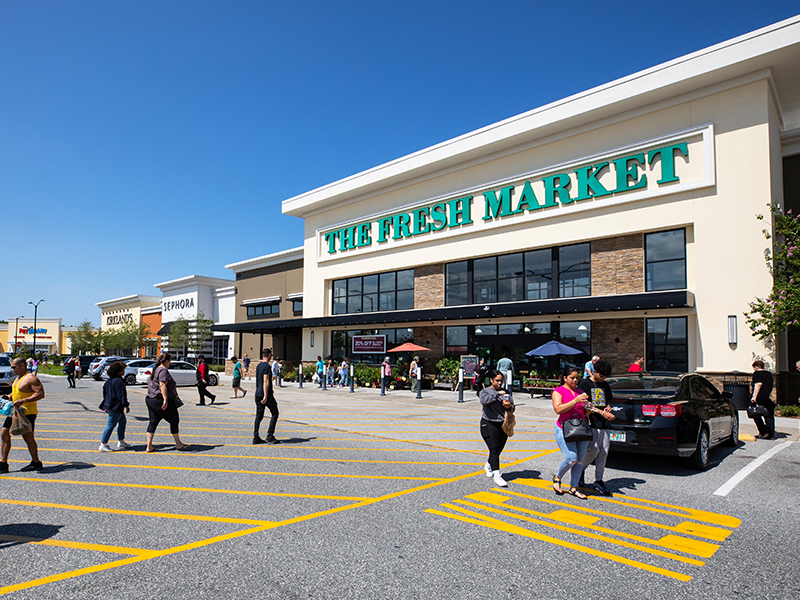
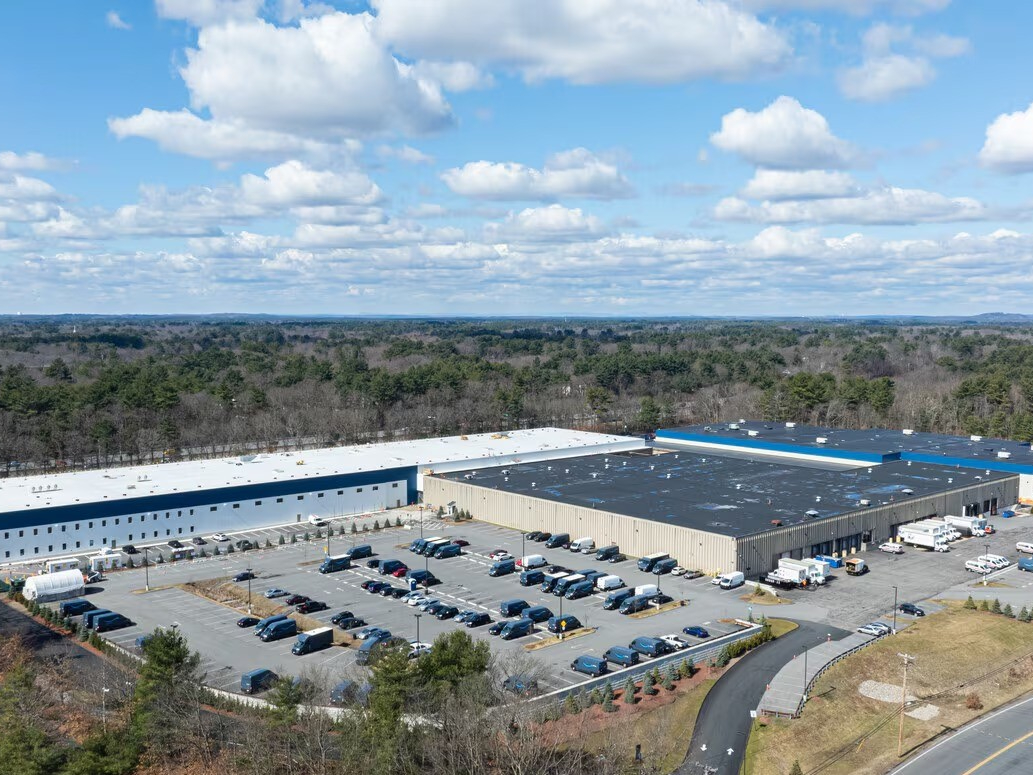
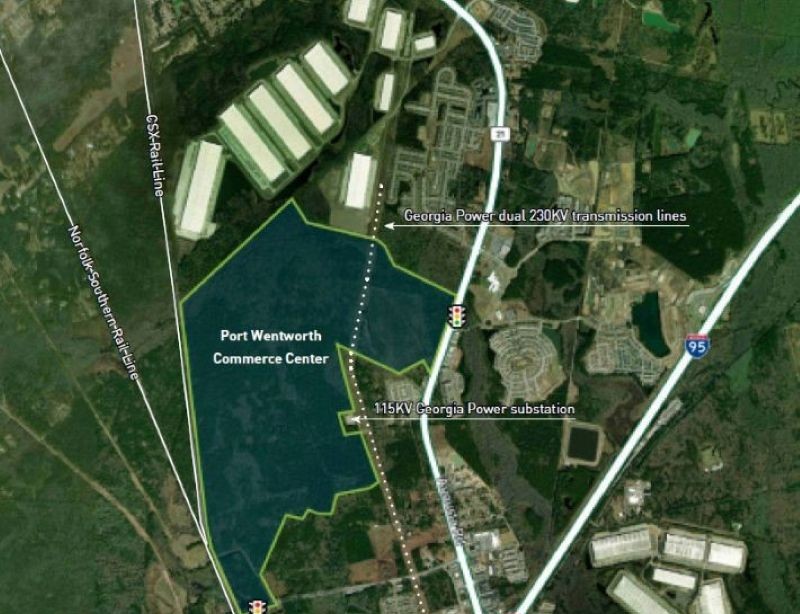
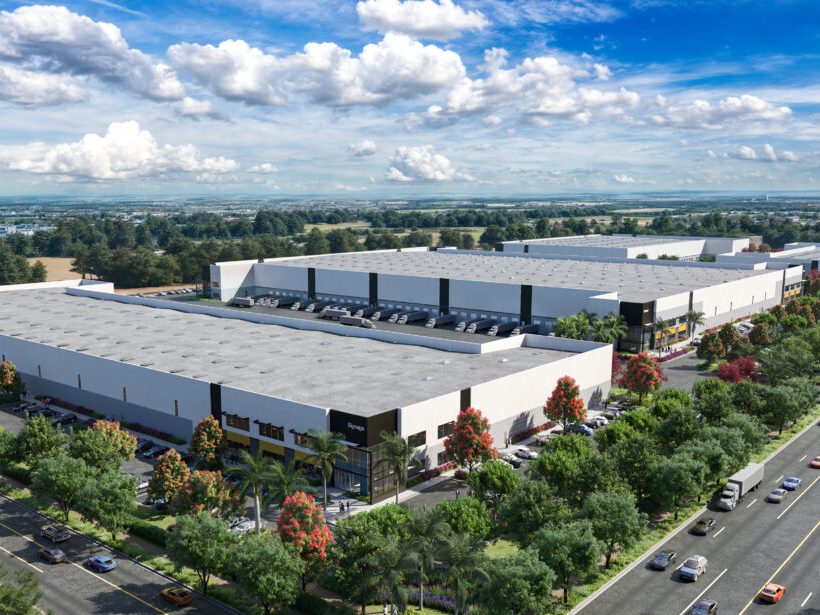
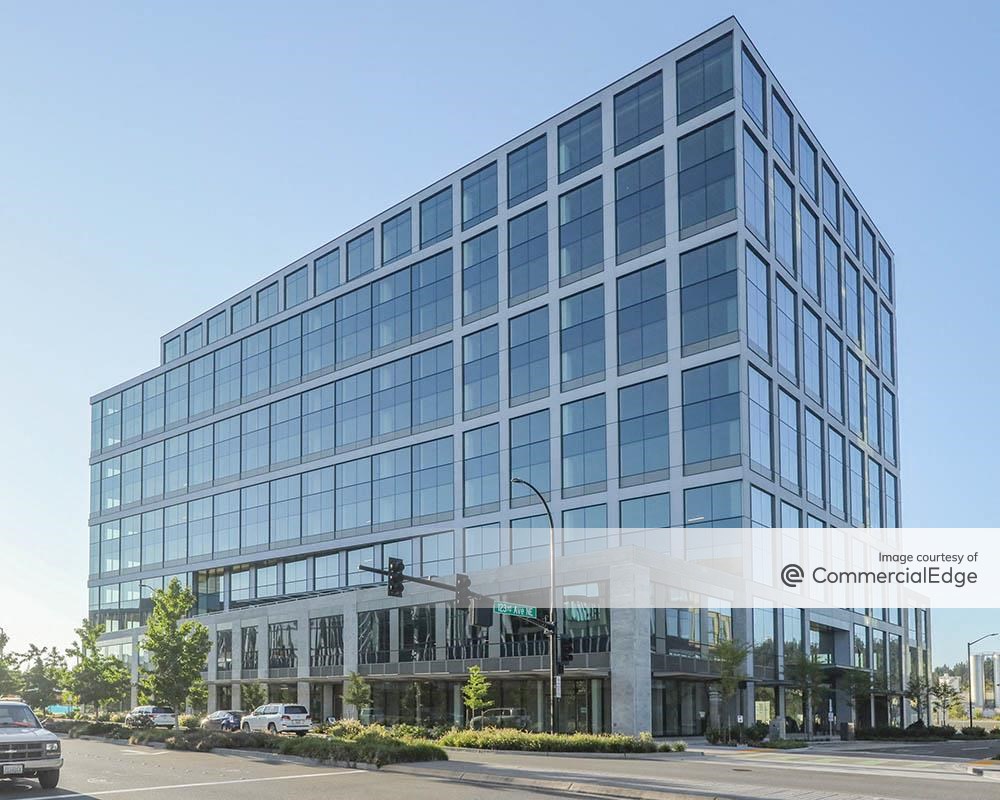
You must be logged in to post a comment.